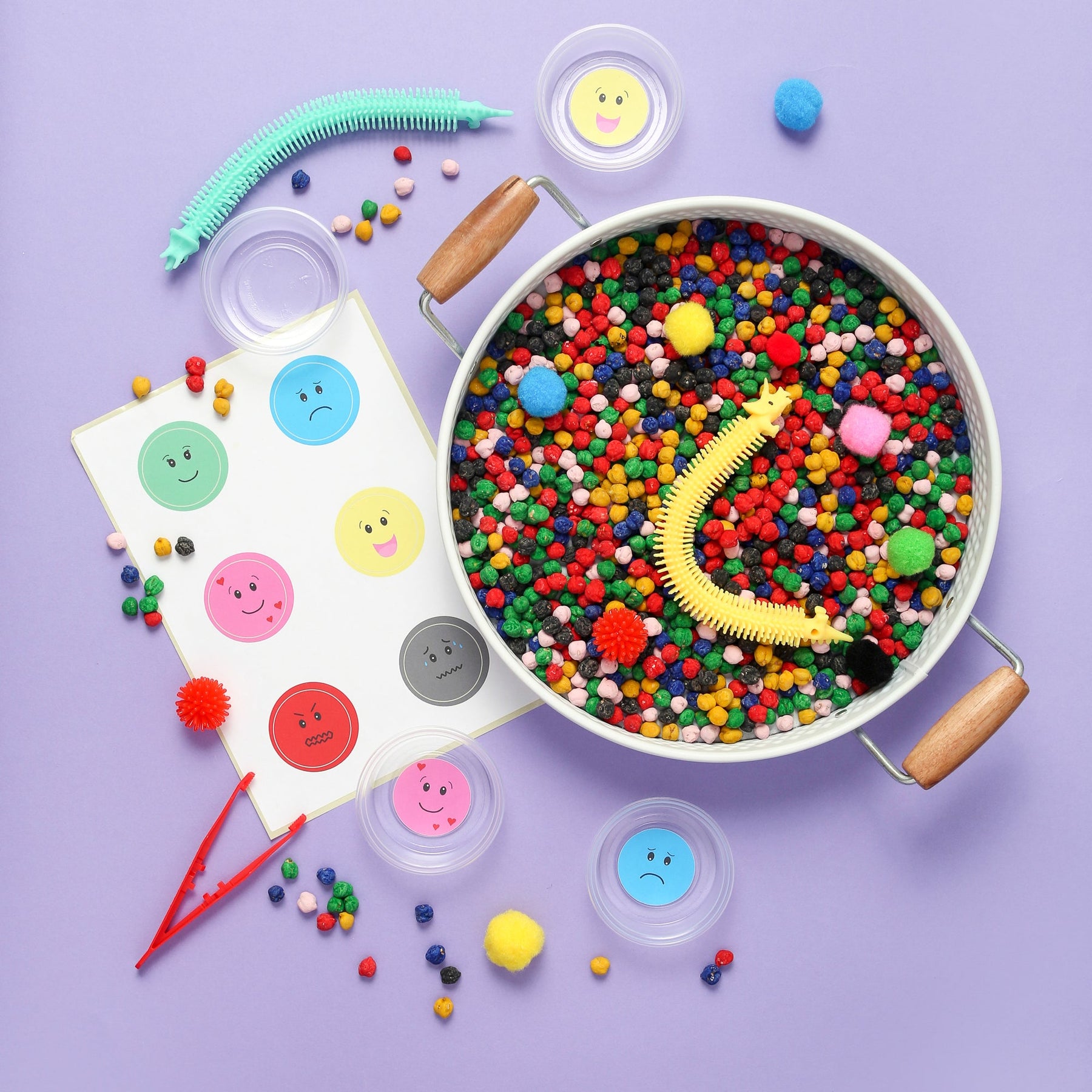
Helping Navigate Big Back-to-School Emotions This September
As the summer holidays draw to a close, many UK families are preparing for that familiar September milestone – the return to school, or for some little ones, their very first day. Whether your child is stepping through the school gates for the first time or returning after weeks of freedom, this transition can stir up a rainbow of emotions that might feel overwhelming for both children and parents alike.
Why School Transitions Feel So Big
The shift from the relaxed rhythm of summer holidays to structured school days represents one of the biggest changes in a young child’s world. For children up to age 7, this transition can feel particularly intense because:
Routine Disruption: Summer days often flow without rigid schedules, giving children a sense of control over their time. The structured school environment, with its timetables and expectations, can initially feel restrictive.
Social Pressures: Meeting new teachers, making friends, or reconnecting with classmates after weeks apart brings social anxiety that even confident children can struggle with.
Independence Expectations: School requires children to navigate situations independently – from asking to use the toilet to managing their belongings – which can feel daunting.
Fear of the Unknown: New classrooms, different teachers, or unfamiliar faces can trigger worry about what lies ahead.
The Colour Monster’s Wisdom: Making Emotions Visible
We love Anna Llenas’ book “The Colour Monster” as it offers a beautiful framework for helping children understand and express their feelings. By associating emotions with colours, we give children a simple yet powerful vocabulary for their inner world.
When we acknowledge that children might be experiencing multiple “colours” at once, we validate the complexity of their emotional experience and help them understand that mixed feelings are completely normal. We used that mixed up colour analogy in our Emotions Sensory and Activity Kit, which is back for a very limited edition run.
But talking about emotions isn’t just about comfort – it’s about building the emotional intelligence that will serve your child throughout their school years and beyond. Here’s how emotional conversations build resilience:
Problem-Solving Skills: When children can identify what they’re feeling, they can begin to understand what they need. A child who recognises their “black fear” about playtime can ask for help making friends.
Self-Advocacy: Children who can express their emotions are better equipped to communicate their needs to teachers and peers, creating stronger support networks.
Emotional Regulation: Understanding that emotions are temporary and manageable helps children develop coping strategies rather than feeling overwhelmed.
Practical Strategies for September Success
Create a Colour Check-In At Home: Start or end each day with a simple question: “What colour are you feeling today?” This helps children tune into their emotions and gives you insight into their inner world.
Validate All Colours: Remember that there are no “wrong” emotions. If your child is feeling “red / angry” about going back to school, acknowledge this feeling before helping them work through it.
Practice Emotional Regulation Together: When you notice strong emotions, model how to work through them: “I’m feeling a bit red about the traffic, so I’m going to take three deep breaths to find my green calm.”
Making Emotions Tangible with Creative Tools
Sometimes children need more than words to express their feelings. Creative activities can provide an outlet for emotions that feel too big for language alone. Consider incorporating hands-on emotional exploration through craft activities, storytelling, or role-play that helps children process their feelings about school.
Our Limited Edition Emotions Kit offers families a wonderful way to extend these conversations beyond books, providing tangible tools for emotional exploration that can make abstract feelings more concrete and manageable for young minds.
By creating space for all emotions and teaching children that feelings are information rather than instructions, we help them develop the emotional resilience that will serve them well beyond their school years. The Colour Monster reminds us that when we acknowledge, understand, and organise our emotions, we can face any challenge with greater confidence and clarity.

Leave a comment